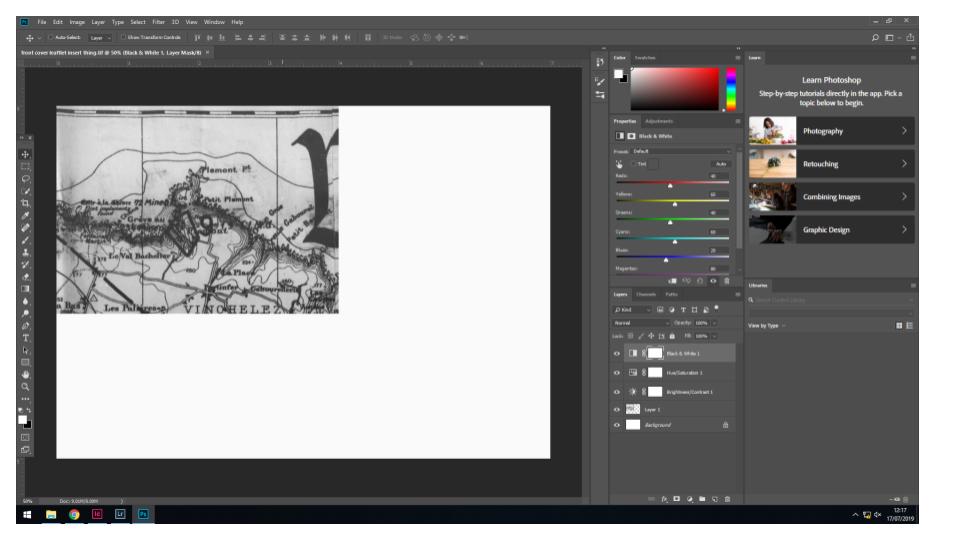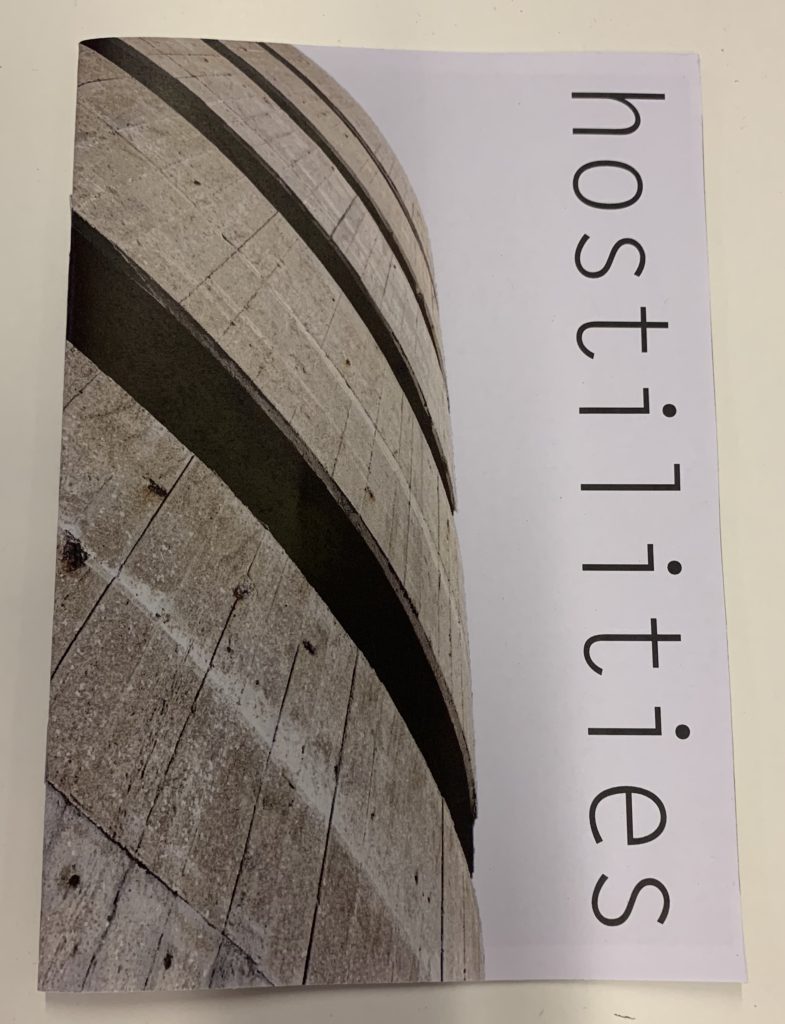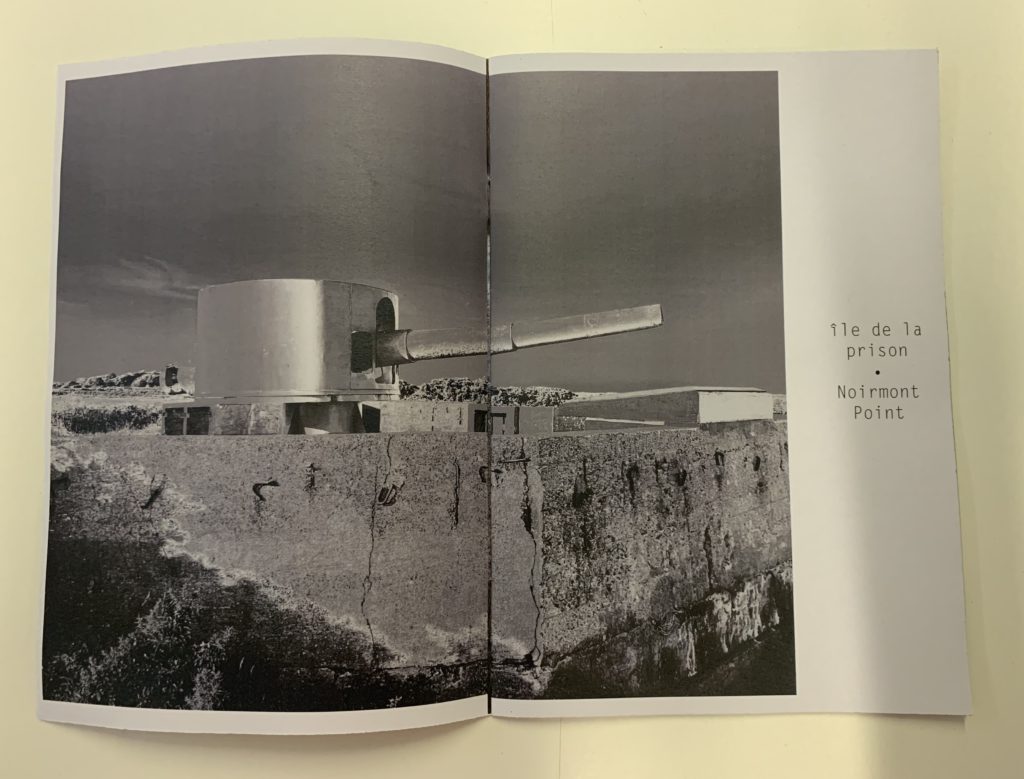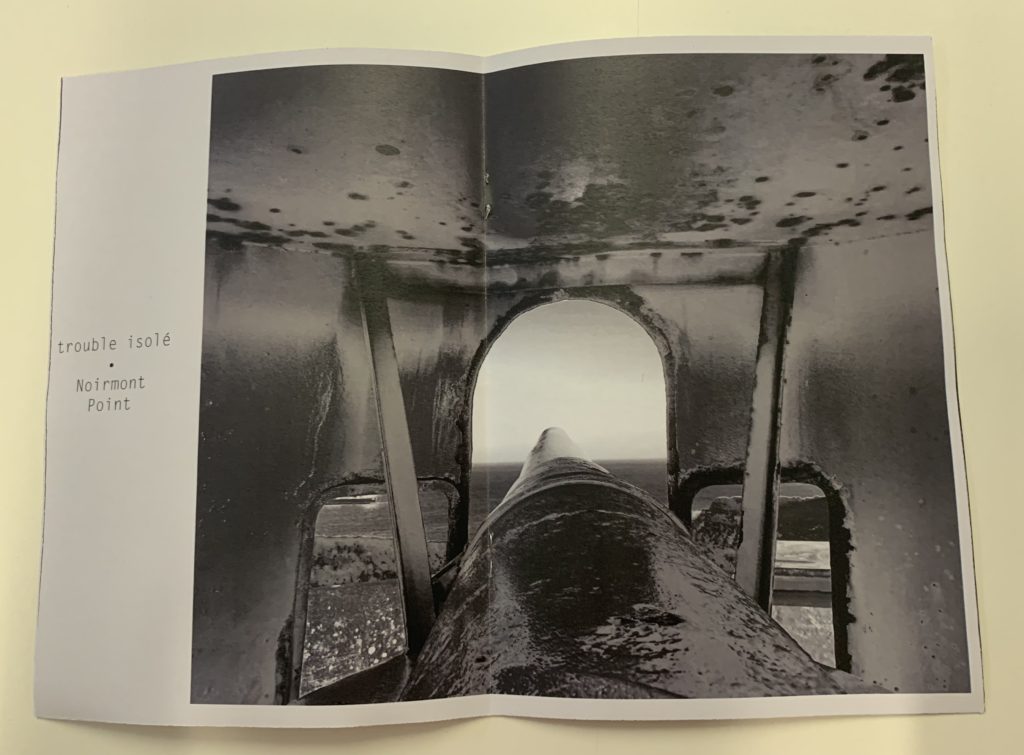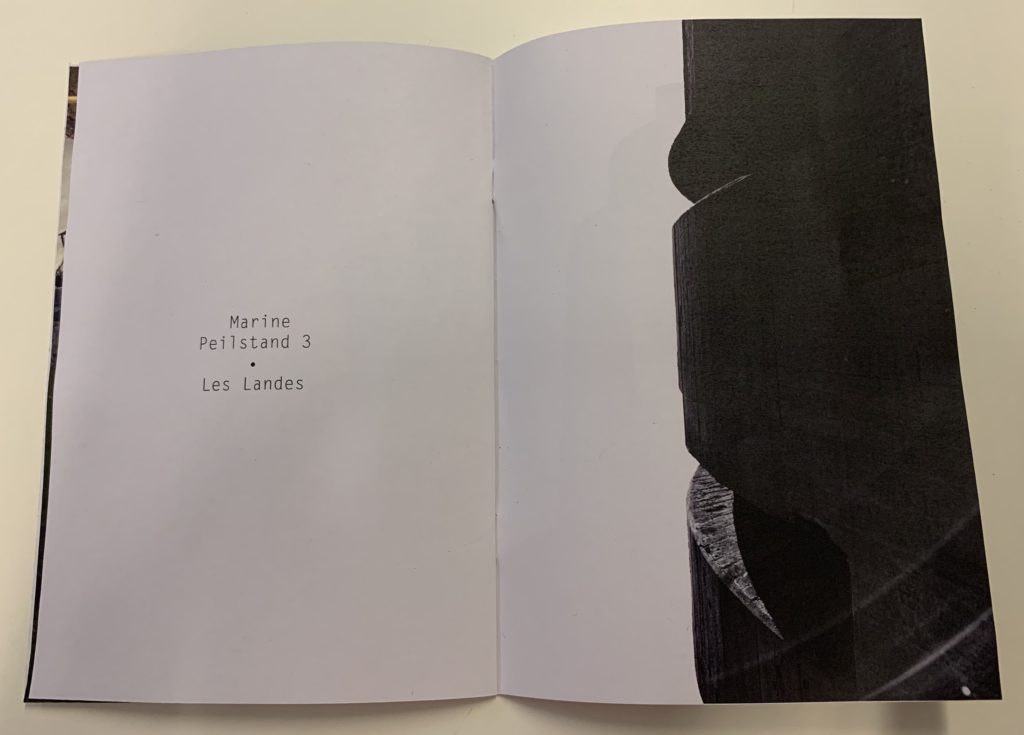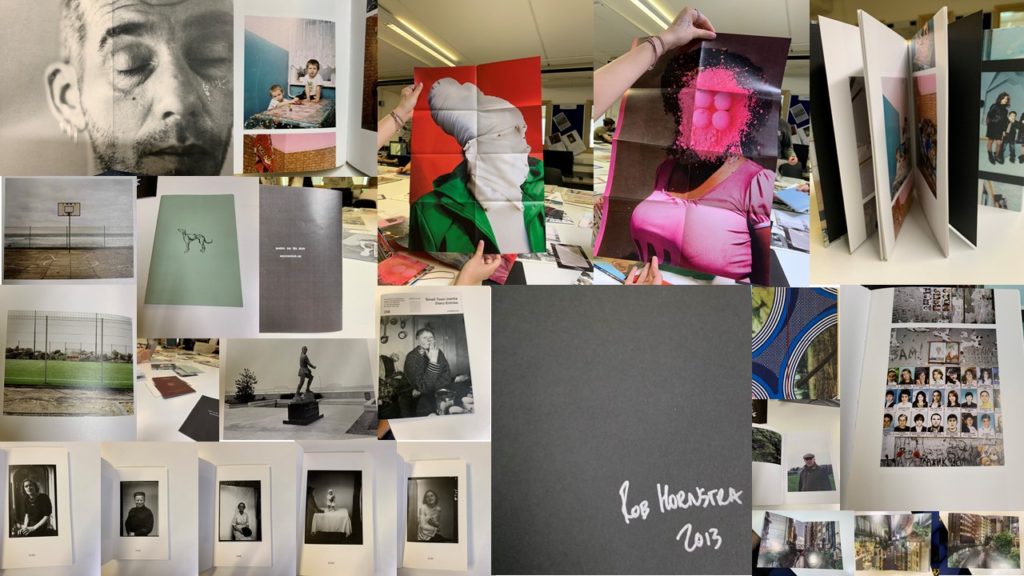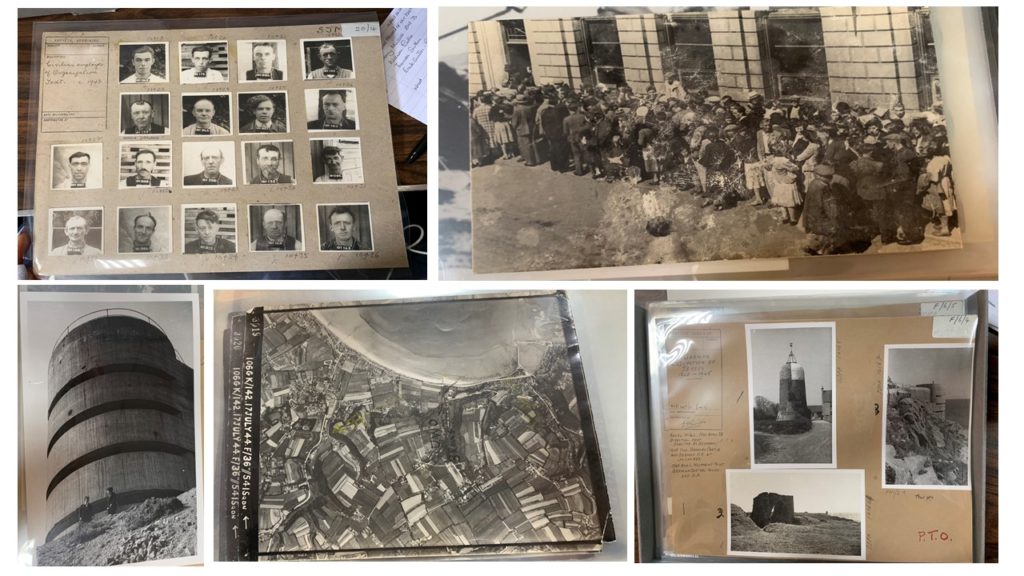From occupation to liberation
On June 30th 1940, the Channel Islands went to a massive change when Nazi German soldiers came to the island, with an imminent task. To take over and occupy.
With the occupation of the Island happening one week after Jersey was demilitarized for the safety of the islanders, to show that the locals were not a threat. The start to the beginning of the occupation began with Operation ‘Green Arrow’ with the German Air Force doing a fly by, bombing farmers trucks and containers mistaking them for military personnel carriers.
Under this period of occupation, the islanders of Jersey saw a massive transition from freedom and liberty, to a changed world, with curfew hours a changed currency and rationed meals. Jersey became an isolated place, with the Germans re-militarizing it. The island seemed to get smaller, with the German soldiers placing barbed wire along the cliff paths and setting mines the small island became a fortress.

With this 45 square mile fortress just off the coast of France and only 273 miles away from the South of England, Hitler demanded that the island was to be fortified. Thousands of Slave workers from countries which had already been taken over, Russia, Poland and France. The slave workers were forced to work tirelessly to make, the anti tank sea walls, Bunkers, Gun placements and railway systems. Some workers were killed in the process from exhaustion, there have been stories of tired workers falling into area which were getting cemented and being buried alive. The fortifications which were made, was a big plan for Hitler’s ‘Atlantic Wall’. Some of this can still be seen around the island today, especially around St. Ouens.
With all radio, and devices which could be used to gather information from outside of the island was banned and confiscated by the Germans, the islanders created crystal radio sets, and would hide them in their houses, wishing for the day that the war would be declared over.
By the 7th May 1945, the German army had surrendered and the end of the war in Europe had been announced. Much to the Islanders delight, with the week leading up to the 6th of May, news had been spread that Hitlers fall in Berlin had begun.
When the Island had been declared liberated, it seemed that the whole island had gathered in town to throw a party and celebrate. When the army came to liberate the islanders, town was lit with smiles and laughter and delight, handshakes and hugs were exchanged between everyone. The HMS Bulldog landed in Jersey and delivered extra rations for everyone to enjoy.
At 3.40 pm the Union Jack was suspended from the balcony of the Pomme d’Or hotel, and to this day when we celebrate Liberation, at the same time on the same balcony, a Union Jack flag is suspended.







